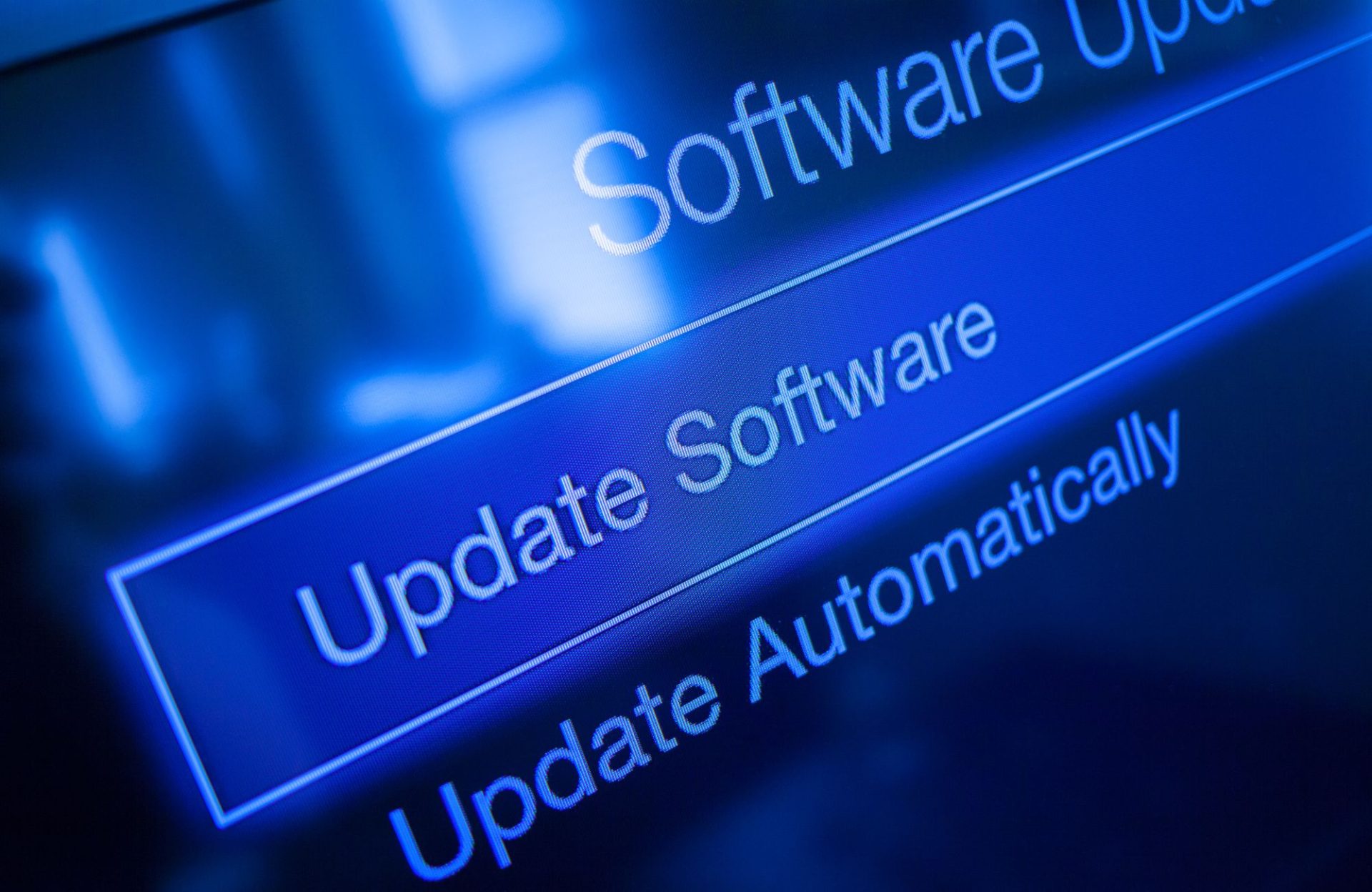Two-step authentication methods are becoming more prevalent day by day. We see it in everything from our smartphones to our email accounts. As technology becomes more sophisticated, so do the criminals who try to hack it so heightened security measures are required. Building usage has also become more diverse, some of these changes are due to the pandemic and some are due to workspace liquidity. Entrance to a secure building will require special access. Unlocking the facility door when the workday begins and locking it at end of the day is not how things work anymore.
The current pandemic environment has made access control to buildings more critical than before, and better systems need to be put in place. Heightened physical access control safeguards occupants, sensitive business information and business assets. It also provides data for use in contact tracing, usage trends and identification.
Physical Access Control
A Physical Access Control System (PACS) is the method used to control entry to a building. The simplest and oldest method is keyed entry. On the surface, this may seem like a viable and economical solution, truthfully, it can lead to higher risk. When keys are lost or not returned by former employees, the security risk requires the locks to be replaced. This can leave a vulnerable period until the work can be scheduled. The expense, inconvenience and the time it takes to change the locks puts a dent in the bottom line.
Door access control systems provide many more options including key cards, key fobs and keyless entry. These credentials, called Personal Identity Verification (PIV), are unique to the user, making it possible to deny access to individual PIVs. The access control systems have software that allows the facility manager to manage access by creating schedules and limited access as required by their unique needs. The software can produce reports of usage and integrate with other security systems like video.
Factors Important to System Selection
Facility managers need to consider many factors as they evaluate which PACS will be the best fit for their building and its use. Besides selecting a suitable system based on the building configuration, managers will need to think about credentials that would be best for the employees. Other factors to keep in mind are whether the software should be on-premises or cloud-based and how it should tie-in to the building’s overall data management strategy and resiliency plans. What alternate power source will be used during power failure? What effect will equipment failure have on building access?
The integration of a new system with existing infrastructure is key to success and a smooth transition. The costs of the hardware, software, installation and maintenance must be considered. Scalability based on the size of the facility and workforce are important too. On the positive side of the balance sheet are possible insurance premium reductions related to creating a more secure building.
Components of PACS
The PACS of a building starts with the actual access point, which is the entrance or physical barrier that allows access to the building. It can be the locked door, a turnstile or a gate. Employees and contractors are then supplied with Personal Identity Verification (PIV) credentials. The PIV then must interact with a credential reader and keypad. The reader not only recognizes the PIV, it reads data and stores it for later collection and analysis. Keypads can require a PIN along with the PIV credential.
Biometric readers are becoming more widely available with readers that can capture biometric data such as a fingerprint or facial recognition. This can provide a higher level of security because it does not rely on a physical credential that can be lost or stolen.
The data is sent to the control panel where it is verified and then the control panel approves or denies access based on the data in the credential holder data repository. PACS can be integrated with other facility monitoring systems, such as the life safety system.
Sorting through the many access control systems and credential requirements can be a daunting task for facility managers. Albireo Energy can help reveal the differences, options and through close collaboration with facility management, find the right solutions for the building owner and occupant needs.






